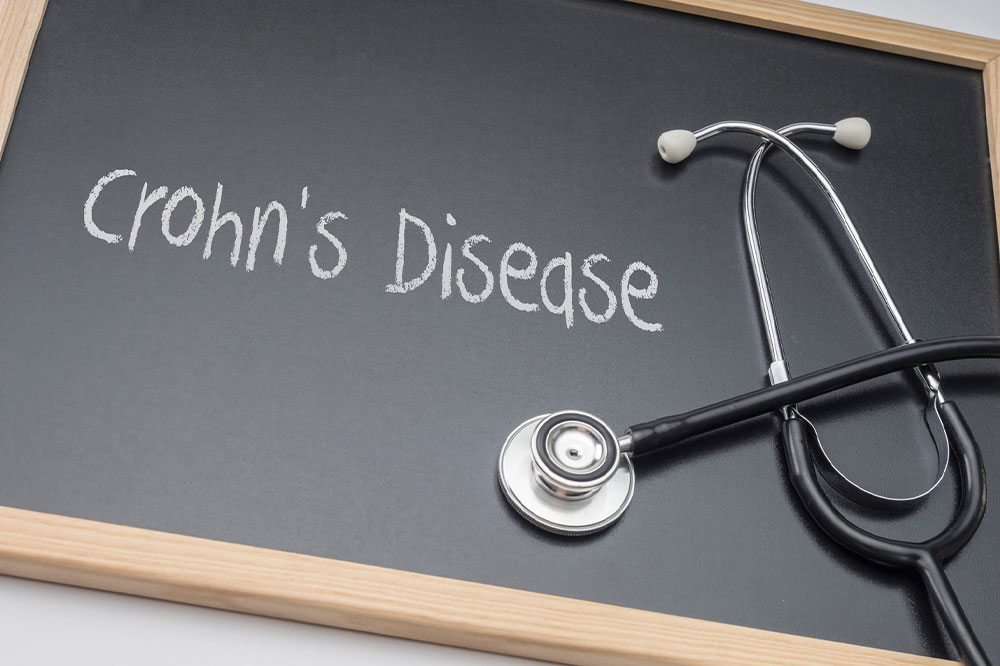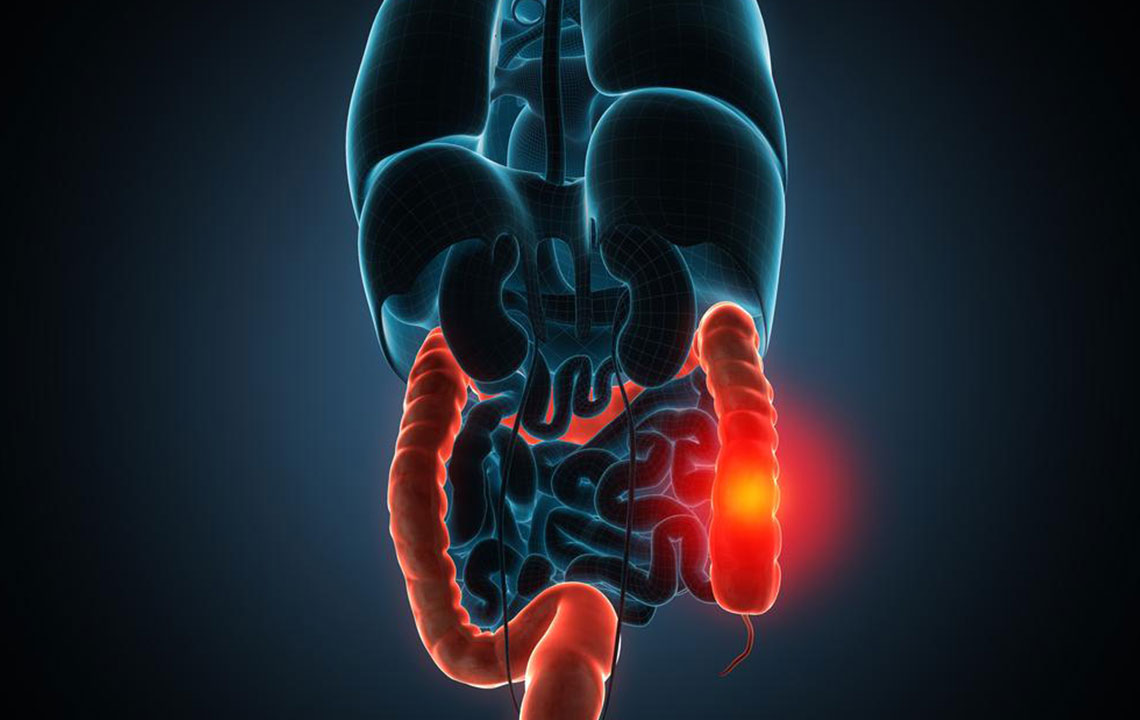Comprehensive Insights into Colitis: Causes, Symptoms, and Treatments
This extensive guide explores all facets of colitis, including its various types such as infectious, ischemic, inflammatory, and microscopic forms. It covers causes, symptoms, diagnostic methods, and modern treatment options like medications and surgery. Understanding colitis's underlying causes aids in early detection and effective management, preventing complications. The article emphasizes the importance of timely medical intervention and lifestyle adjustments to manage symptoms and improve quality of life. Whether caused by infections, immune responses, or blood flow issues, this guide serves as a comprehensive resource for patients and caregivers.

Comprehensive Insights into Colitis: Causes, Symptoms, and Treatments
Colitis is a medical condition characterized by inflammation of the large intestine, also known as the colon. This condition can significantly impact a person’s quality of life, leading to a range of uncomfortable symptoms and potential complications if not properly diagnosed and managed. Understanding colitis, its various forms, causes, and treatment options is essential for patients, caregivers, and healthcare professionals alike. This comprehensive guide aims to provide an in-depth exploration of colitis, highlighting its types, causes, symptoms, and modern approaches to treatment.
Colitis primarily involves inflammation of the colon lining, which can be triggered by numerous factors including infections, immune system responses, ischemia, or chemical irritants. The condition manifests through symptoms such as abnormal bowel movements, persistent abdominal pain, fatigue, cramping, and sometimes bleeding. Because the presentation can vary widely depending on the specific type of colitis, accurate diagnosis is critical for effective management and improved patient outcomes.
There are several different types of colitis, each with distinct causes and treatment protocols. The most common categories include infectious colitis, ischemic colitis, inflammatory bowel disease (IBD), microscopic colitis, and chemical or medication-induced colitis. Recognizing the differences among these types is vital for appropriate treatment decisions and prognosis.
Infectious Colitis: Bacterial, Viral, and Parasitic Causes
Infectious colitis results from infections caused by bacteria, viruses, or parasites. Bacterial infections such as Escherichia coli (E. coli), Salmonella, and Campylobacter are typical contributors that lead to symptoms like bloody diarrhea, dehydration, and fever. These bacteria often spread through contaminated food or water sources, posing a significant health risk in contaminated environments.
Viral causes, including Norovirus and Rotavirus, can also trigger inflammation of the colon, especially in outbreaks or crowded settings. Viral infections tend to cause watery diarrhea, abdominal cramps, and dehydration, often resolving with supportive care.
Parasites, particularly those contracted through contaminated water or food, such as Giardia lamblia or Entamoeba histolytica, can lead to a condition called parasitic colitis. These infections cause chronic diarrhea, abdominal pain, and sometimes weight loss if untreated. Proper hygiene and water sanitation are key preventive measures.
Another critical aspect of infectious colitis is Clostridium difficile (C. difficile) bacterial infection, often linked to recent antibiotic therapy. Antibiotics can disrupt the normal gut flora, allowing C. difficile to proliferate and produce toxins. This results in pseudomembranous colitis, a severe form of inflammation that can cause intense diarrhea, fever, and colonic ulcers. Treatment usually involves specific antibiotics targeted against C. difficile, along with supportive care.
Ischemic Colitis: Reduced Blood Supply and Its Impact
Ischemic colitis occurs when the blood flow to the colon is compromised due to narrowed or blocked arteries. This condition typically affects older adults or individuals with underlying vascular diseases such as atherosclerosis. Mechanical issues like volvulus (twisting of the intestine), hernias, or arterial blockages can also restrict blood supply, leading to ischemia.
Reduced blood flow results in tissue damage and inflammation, manifesting symptoms such as sudden abdominal pain, cramping, rectal bleeding, and sometimes fever. Low blood pressure caused by dehydration, shock, or severe anemia can exacerbate ischemic conditions, reducing the colon's oxygen supply and worsening inflammation.
Timely diagnosis is imperative for ischemic colitis. Management often involves supportive measures like intravenous fluids, bowel rest, and pain control. In severe cases, surgical intervention may be necessary to remove necrotic tissue or restore blood flow through bypass procedures.
Inflammatory Bowel Disease: Ulcerative Colitis and Crohn's Disease
Inflammatory Bowel Disease (IBD) encompasses chronic autoimmune conditions, primarily ulcerative colitis and Crohn's disease, that cause persistent inflammation of the gastrointestinal tract. Ulcerative colitis predominantly affects the rectum and extends continuously along the colon, leading to symptoms such as bloody diarrhea, abdominal cramps, and urgency.
Crohn's disease, on the other hand, can involve any part of the digestive tract from the mouth to the anus and often presents with patchy areas of inflammation called skip lesions. It causes symptoms including abdominal pain, weight loss, fever, and diarrhea, which may be bloody or watery.
The exact cause of IBD remains unclear, but it is believed to result from an inappropriate immune response towards gut bacteria, genetic predisposition, and environmental factors. Management typically involves anti-inflammatory medications, immunosuppressants, and biologic agents aimed at reducing inflammation and maintaining remission. In severe cases, surgical removal of affected bowel segments becomes necessary.
Microscopic Colitis and Chemical-Induced Colitis
Microscopic colitis is a subset of colitis characterized by inflammation observed only under microscopic examination, with no visible changes during endoscopy. The two main types are collagenous colitis and lymphocytic colitis. It predominantly affects older women and presents with watery, non-bloody diarrhea that can be persistent and debilitating.
Chemical or medication-induced colitis occurs when exposure to harsh chemicals or overuse of certain drugs triggers inflammation. Nonsteroidal anti-inflammatory drugs (NSAIDs), for example, are a common cause, damaging the colon lining and leading to ulceration or bleeding. Other chemicals and toxins can also irritate the colon and cause inflammatory responses, emphasizing the importance of cautious use of medications and chemicals around the gastrointestinal tract.
Effective management of microscopic and chemical colitis depends on identifying the underlying cause and discontinuing offending agents. Symptomatic treatment may include anti-diarrheal medications, corticosteroids, and dietary modifications.
Recognizing Symptoms and When to Seek Medical Help
Early recognition of colitis symptoms is vital for effective treatment and prevention of complications. Common symptoms include persistent diarrhea, abdominal cramps, fever, fatigue, and sometimes blood in the stool. Severe cases may lead to dehydration, significant weight loss, or perforation of the colon.
If you experience symptoms such as severe abdominal pain, ongoing diarrhea, excessive dehydration, or blood in your stool, seek medical attention promptly. Accurate diagnosis typically involves physical examination, stool tests, blood work, colonoscopy, and imaging studies.
Treatment approaches vary based on the type and severity of colitis. While mild cases may respond to dietary changes, medications, and supportive care, severe cases may require hospitalization, IV fluids, or surgery. Proper medical management is essential to prevent complications and improve quality of life.
Remember, self-treatment without professional oversight can be risky. Always consult healthcare providers for personalized assessment and therapy.





